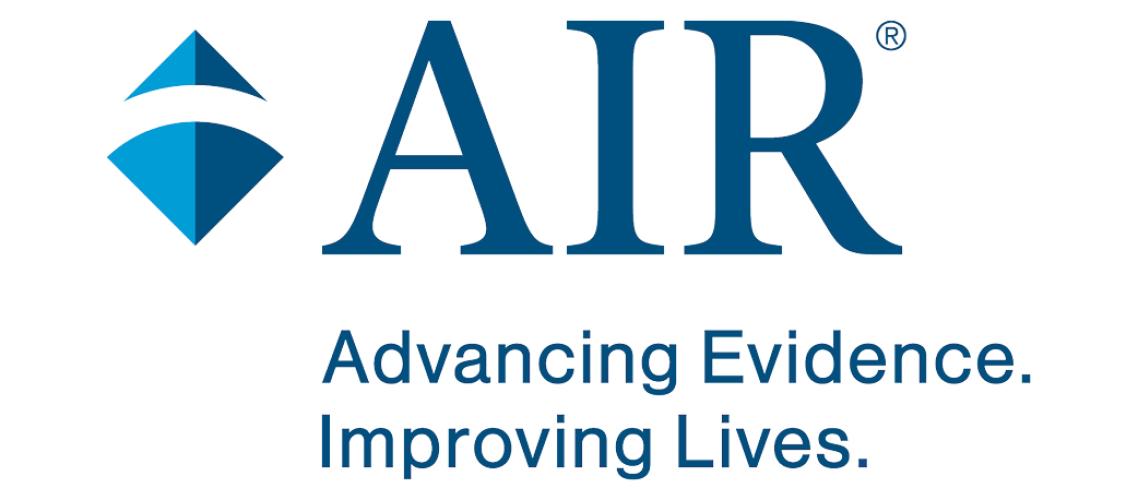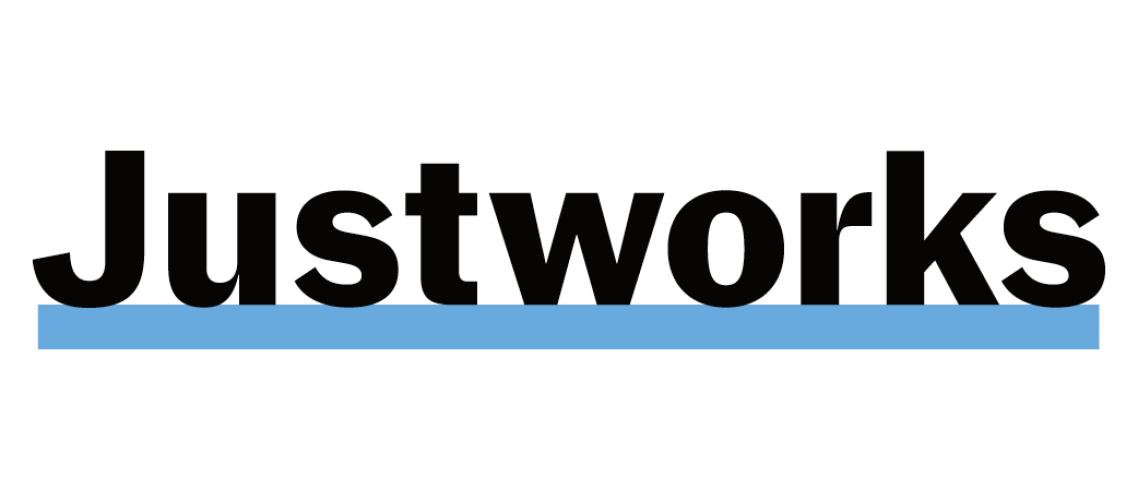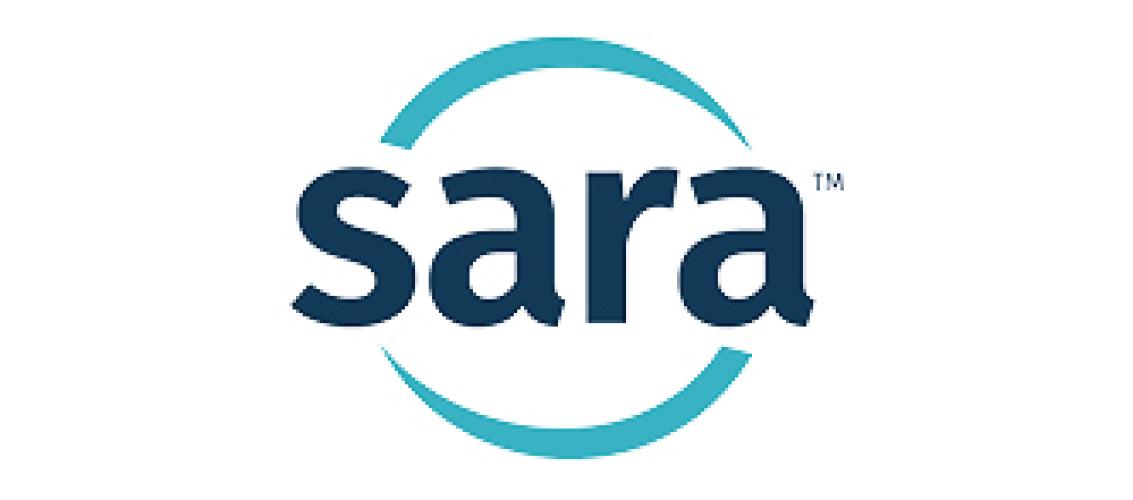
The National Association of State Workforce Agencies (NASWA) publishes its priorities annually on behalf of state workforce agencies. They are developed in collaboration with members through 10 national policy committees, approved by the board of directors, and circulated to membership.

Enhance Federal Investments
Increase investment in Workforce Innovation and Opportunity Act (WIOA) programs serving dislocated workers, adults, and youth to provide American workers with more access to skills training and education opportunities aligned with in-demand occupations and American businesses more support for rapid response and worker training.
Increase permanent funding for the Wagner-Peyser Act to modernize the career services and job coaching infrastructure and provide American businesses more support with hiring and job quality.
- Comprehensive job search assistance is a proven cost-effective service for unemployed jobseekers and is critical to combat unemployment and smooth labor market transitions.
- Crucial needs across all WIOA programs include staffing, the adoption of new service models combining in-person and virtual services, supporting technologies, and technical assistance.
Maintain investment for governors’ statewide needs at 15%. WIOA requires states to set aside 15% of WIOA Title I formula funding to develop statewide solutions to cross-region challenges facing both employers and priority populations. These flexible investments ensure states can address high-priority workforce issues cost-effectively and build the evidence and infrastructure that local areas depend on.
Establish new dedicated funding for states to create and scale statewide and regional sector strategies.
Avoid short-term, episodic, and/or competitive funding opportunities that disrupt planning and hiring, waste critical resources on repeat startup or shutdown activities, and create access barriers for some states, especially small states, with limited grant-writing resources.
Scale up apprenticeships by providing enhanced investments through line-item formula funding.
- Provide states technical assistance to foster stronger cross-sector partnerships between workforce and apprenticeship entities.
- Develop a data infrastructure for apprenticeship programs that enables state-driven research to inform the policy and practice, in addition to accountability that does not cause disproportionate administrative burdens for states or businesses.
Strengthen subsidized employment opportunities which have a long history of positive benefits for disadvantaged workers and the broader economy. This is especially true when skills training aligns with in-demand employment opportunities and programming addresses both work disincentives and job displacement concerns.
Support the states’ abilities to promote equal opportunity in workforce programs. Provide training and/or funding for states to deliver nondiscrimination training to state and local equal opportunity officers, organizations, and vendors receiving WIOA grants. Require consistent reporting elements on limited English proficiency between the U.S. Department of Labor’s Civil Rights Center and the Employment and Training Administration.
Continue funding of the Reemployment Services and Eligibility Assessment (RESEA) program at full authorization levels which has a proven track record of accelerating unemployment insurance (UI) beneficiaries’ return to work and the additional benefit of reducing UI payments.
Enhance the capacity of state agencies to conduct and fund outreach efforts to better engage underserved communities and priority populations in the workforce system’s services and supports.
Increase flexibility for states
Grant states flexibility under WIOA to expand eligibility to workers, especially workers at high risk of displacement, so that states can proactively support workers’ transitions to priority sectors.
Promote flexibility by allowing states to use funding across WIOA programs to better anticipate future labor market disruptions and help workers not traditionally eligible for assistance and at-risk incumbent workers prepare for labor market success.
Address youth employment needs by providing states more flexibility under the WIOA youth program to target priority youth populations based on state and local needs. New labor market entrants face long-term employment and earnings repercussions due to the COVID-19 pandemic, and targeted solutions are needed to stem these impacts.
Sustain state flexibility for Wagner-Peyser staffing to allow state and local employees, contractors, other personnel, or a combination thereof, to administer the Employment Service (ES) program.
Expand eligibility for Disabled Veteran Outreach Program (DVOP) services to include veterans unemployed as a result of a federal or state declared natural disaster or emergency, as well as veterans who fall under the Department of Veterans Affairs (VA) Care or Presumption of Care eligibility rules as defined in the Honoring our Promise to Address Comprehensive Toxics (PACT) Act of 2022.
Maintain and safeguard the vital role of veteran’s programs in the workforce development system. We oppose any efforts to separate veteran’s programs from the U.S. Department of Labor. The state workforce system is best suited to serve veterans, transitioning service members, and military spouses because of its alignment and integration of employment and career services. This includes serving veterans facing significant barriers to workforce re-entry while avoiding duplication of federal job training, education, and human resource programs.
Align workforce with post-secondary, infrastructure, and industrial investments
New federal infrastructure and industrial investments that build transportation networks, expand America’s energy, semiconductor, and electric vehicle production capacity, enhance certain workforce sectors, or expand the reach of broadband and workforce system career, training, and supportive services should align to give jobseekers an opportunity to acquire skills and access high-quality jobs.
Require partnerships among education, workforce, and labor market information systems to support more informed planning and successful outcomes. New investments to support post-secondary opportunities for underemployed or unemployed Americans should require partnerships between these systems to drive successful outcomes.
Fund state workforce agencies and other workforce system partners in supporting the implementation of federal infrastructure and industrial investments. The scale of these federal investments through the passage of legislation like the Creating Helpful Incentives to Produce Semiconductors and Science (CHIPS) Act, the Inflation Reduction Act, and the Infrastructure Investment and Jobs Act will generate significant workforce development needs. Federal agencies shall be aligned and work together to support state workforce agencies with resources, technical assistance, and guidance to meet these needs.
Promote economic mobility by reducing systemic barriers to successful outcomes
These reforms will ensure states and their local partners can more successfully support economic mobility for a broad range of Americans – recently unemployed jobseekers, historically marginalized communities, people with disabilities, Temporary Assistance for Needy Families (TANF) and Supplemental Nutrition Assistance Program (SNAP) recipients, youth transitioning out of foster care, veterans, formerly incarcerated individuals, those who have been out of the labor market, and individuals in need of career readiness skills.
Increase access to and availability of childcare and other supportive services on an ongoing basis to broaden labor market participation.
Support digital equity and access, including broadband expansion.
Improve alignment of workforce, human services, housing, and education agencies at the federal level. Better alignment of policies, eligibility and benefit structures, regulations, state plan requirements, performance metrics, monitoring, and evidence-building efforts across these agencies will drive more successful outcomes.
Invest in digital transformation efforts and supporting technologies for holistic, interoperable service delivery that will encourage program partners to work collaboratively to improve customer access, security, and experience.

Invest in state-driven data infrastructure
The production of traditional labor market information (LMI) is a foundational yet under-funded state function that is critical to the decisions of businesses, workers, learners, planners, and policymakers. Many states report that the funding their LMI divisions receive to implement the federal-state cooperative statistics programs and Workforce Information Grants to States (WIGS) does not cover the costs of producing LMI or converting it into more actionable intelligence.
Double funding to state LMI divisions through the federal-state cooperative statistics programs to enable them to produce high-quality labor market statistics without having to divert funds from other state-priority data products and projects. This follows recommendations of the Workforce Information Advisory Council.
Double funding to state LMI and research divisions through the WIGS so they can translate LMI into visualizations and other actionable products that support the decision-making of policymakers, practitioners, planners, and customers. This follows recommendations of the Workforce Information Advisory Council.
Allow states more flexibility to move funds among the federal-state cooperative statistics programs to increase efficiencies in producing labor market information.
States agencies aspire to be learning organizations that leverage administrative and other high-frequency data for evidence-based policy and practice. The goal is to change lives by producing timely and locally actionable insights that inform critical questions facing society. Agencies need more internal staff capacity, training in advanced data analytics, access to more data and data infrastructure, and opportunities to innovate and share data and data products within states and across state boundaries to create the conditions for effective evidence-building.
Support state longitudinal P-20W data systems that enable intrastate data sharing. P-20W data systems connect statewide information from early childhood through K-12 education, postsecondary education, and the workforce to help individuals, policymakers, and practitioners make decisions.
Incentivize state agencies to work across sectors and state lines to leverage linked administrative data for policy and practice, including funding data analysis and research positions in state workforce and education agencies.
Commit dedicated funds to multistate data collaboratives that are developing as professional affinity networks above and beyond the basic technology and tools necessary for state agencies to access relevant data both within and across state boundaries. Funded to date with start-up and one-time funding, the collaboratives require more sustainable funding to go to scale. Supported by NASWA, the collaboratives empower workforce, education, and other state agencies to identify research questions that are critical to a thriving society, access advanced data analytics training, and accelerate development and scaling of shared data products and tools.

Enable states to prepare for the next recession
Increase administrative funding as a whole in order to avoid the underfunding that occurred prior to the pandemic.
- Immediate: Many states need additional administrative funding in order to wind down Coronavirus Aid, Relief, and Economic Security (CARES) Act programs, meet USDOL compliance requirements, further solidify defenses against fraud, and continue improving timely and equitable access to benefits.
- Give states flexibility over CARES Act administrative funding by extending their authority and expanding permitted uses of the funding.
- Allow states to utilize CARES Act administrative funding for other UI purposes and/or authorize the U.S. Department of Labor to redistribute funds to other states in need, in the event where states are unable to use their CARES Act administrative funding.
- Long term: Maintain base administrative funding at higher levels to meet employer and claimant expectations for acceptable customer service and to be ready for the next recession.
- Invest in and provide for ongoing maintenance and support, based on state need, for the digital transformation of UI systems that are flexible, scalable, and resilient, including funding and support for staffing, digital equity, customer experience, and emerging technologies.
- Invest in the security for systems and data, including fraud prevention and detection.
- Provide additional flexibility and extend deadlines for use of UI above-base funds, especially the time frame to use fourth-quarter funds.
- Exempt the UI program from sequestration requirements of the Balanced Control Act of 2011. Reductions to administrative funding, the Trade Adjustment Assistance program, and Extended Benefits jeopardize services to citizens in need.
- Provide flexibility for states with solvent Trust Funds allowing the funding to be used for additional UI-related administrative funding.
Permit states to limit retroactive notifications to citizens involved with the CARES Act UI programs when states acted in good faith implementing shifting federal requirements. The U.S. Department of Labor is still requiring states to request documentation from citizens in cases where any resulting overpayment would be waived anyway, causing alarm for citizens and preventing states from focusing on preparing for the next recession and improving programs.
Update the Extended Benefits program by providing a workable emergency recession statute that will be more responsive to claimant needs, easier for states to administer, and will reduce improper payments during the next recession.
Expand Short-Time Compensation (Workshare) coverage to include new hires as an economic recovery program when businesses ramp up after a recession or shutdown. Consider additional flexibilities to encourage program use.
Reauthorize the Trade Adjustment Assistance for Workers program to assist workers who lose their jobs because of foreign trade.
Increase flexibility for states
Authorize state staffing flexibility through 2024 as states are addressing administrative challenges, backlogs, and overpayments.
Hold states harmless for any overpayments made under the federal Lost Wages Assistance (LWA) program as long as states make good faith efforts to recoup improper payments.
Waive all non-fraudulent pandemic-related unemployment compensation overpayments. This includes Pandemic Unemployment Assistance (PUA), Pandemic Emergency Unemployment Compensation (PEUC), Mixed Earners Unemployment Compensation, and Federal Pandemic Unemployment Compensation (FPUC) overpayments resulting from benefits obtained through no fault of the claimant in order to prevent further economic hardship.
Amend the Payment Integrity Information Act to clarify that state UI payments are not federal payments subject to the act.
Clarify that Internal Revenue Service federal tax information, such as a payment amount that does not identify the source of the payment or recovery, may be used in state UI systems to implement the mandatory federal tax offset program and is not a violation of 26 U.S.C. 6103.
Waive interest payments and the accrual of interest on federal advances to states to pay UI benefits retroactively from the beginning of the pandemic recession through 2024.
Encourage further investments in UI program integrity by permitting states to use up to 5% of recovered claimant overpayments and additional employer contributions collected to be used solely for UI program improvements.
Include flexibility as a part of reauthorization of the Trade Adjustment Assistance for Workers program so that states have discretion to utilize funds for other dislocated workers and for incumbent and/or new worker training and upskilling to prevent additional offshoring.

































